Advanced Topics in C: Core Concepts in Data StructuresNoel Kalicharan C is the most widely used programming language of all time. It has been used to create almost every category of software imaginable and the list keeps growing every day. Cutting-edge applications, such as Arduino, embeddable and wearable computing are ready-made for C.
Advanced Topics In C teaches concepts that any budding programmer should know. You'll delve into topics such as sorting, searching, merging, recursion, random numbers and simulation, among others. You will increase the range of problems you can solve when you learn how to manipulate versatile and popular data structures such as binary trees and hash tables.
This book assumes you have a working knowledge of basic programming concepts such as variables, constants, assignment, selection (if..else) and looping (while, for). It also assumes you are comfortable with writing functions and working with arrays. If you study this book carefully and do the exercises conscientiously, you would become a better and more agile programmer, more prepared to code today's applications (such as the Internet of Things) in C. What you’ll learn What are and how to use structures, pointers, and linked listsHow to manipulate and use stacks and queuesHow to use random numbers to program games, and simulationsHow to work with files, binary trees, and hash tablesSophisticated sorting methods such as heapsort, quicksort, and mergesortHow to implement all of the above using CWho this book is for
Those with a working knowledge of basic programming concepts, such as variables, constants, assignment, selection (if..else) and looping (while, for). It also assumes you are comfortable with writing functions and working with arrays. Table of Contents 1. Sorting, Searching and Merging
2. Structures
3. Pointers
4. Linked Lists
5. Stacks and Queries
6. Recursion
7. Random Numbers, Games and Simulation
8. Working with Files
9. Introduction to Binary Trees
10. Advanced Sorting
11. Hash Tables Building Probabilistic Graphical Models with PythonKiran R Karkera In Detail
With the increasing prominence in machine learning and data science applications, probabilistic graphical models are a new tool that machine learning users can use to discover and analyze structures in complex problems. The variety of tools and algorithms under the PGM framework extend to many domains such as natural language processing, speech processing, image processing, and disease diagnosis.
You've probably heard of graphical models before, and you're keen to try out new landscapes in the machine learning area. This book gives you enough background information to get started on graphical models, while keeping the math to a minimum. Approach
This is a short, practical guide that allows data scientists to understand the concepts of Graphical models and enables them to try them out using small Python code snippets, without being too mathematically complicated. Who this book is for
If you are a data scientist who knows about machine learning and want to enhance your knowledge of graphical models, such as Bayes network, in order to use them to solve real-world problems using Python libraries, this book is for you.This book is intended for those who have some Python and machine learning experience, or are exploring the machine learning field. Flow Design for Embedded SystemsBarry Kauler, Kauler In Flow Design for Embedded Systems, the author has created a unified object-oriented methodology that can be applied to any microprocessor and language. Two tools are included: a GUI CASE tool for Windows 3.x/9X combining design, system specification, coding, and implementation; and TERSE, an interrupt-driven OS for building designs. MATLAB Deep Learning: With Machine Learning, Neural Networks and Artificial IntelligencePhil Kim Get started with MATLAB for deep learning and AI with this in-depth primer. In this book, you start with machine learning fundamentals, then move on to neural networks, deep learning, and then convolutional neural networks. In a blend of fundamentals and applications, MATLAB Deep Learning employs MATLAB as the underlying programming language and tool for the examples and case studies in this book.
With this book, you'll be able to tackle some of today's real world big data, smart bots, and other complex data problems. You’ll see how deep learning is a complex and more intelligent aspect of machine learning for modern smart data analysis and usage.
What You'll LearnUse MATLAB for deep learning
Discover neural networks and multi-layer neural networks
Work with convolution and pooling layers
Build a MNIST example with these layers
Who This Book Is For
Those who want to learn deep learning using MATLAB. Some MATLAB experience may be useful. | C Programming: A Modern Approach, 2nd EditionK. N. King The first edition of C Programming: A Modern Approach was popular with students and faculty alike because of its clarity and comprehensiveness as well as its trademark Q&A sections. Professor King's spiral approach made it accessible to a broad range of readers, from beginners to more advanced students. With adoptions at over 225 colleges, the first edition was one of the leading C textbooks of the last ten years.
The second edition maintains all the book's popular features and brings it up to date with coverage of the C99 standard. The new edition also adds a significant number of exercises and longer programming projects, and includes extensive revisions and updates.
Highlights of the second edition include:
• Complete coverage of both the C89 standard and the C99 standard, with all C99 changes clearly marked
• A quick reference to all C89 and C99 library functions
• Expanded coverage of GCC
• New coverage of abstract data types
• Updates to reflect today's CPUs and operating systems
• Nearly 500 exercises and programming projects-sixty percent more than in the first edition
• Source code and solutions to selected exercises and programming projects
• A password-protected instructor site containing solutions to the remaining exercises and projects, plus PowerPoint presentations for most chapters Vektor und Matrizenrechnung Fur DummiesKarsten Kirchgessner, Marco Schreck Was Sie wissen mussen von Abbildungsmatrix bis Zylinderkoordinaten Ganz egal, was Sie machen wollen, in der Mathematik fuhrt ab einem gewissen Niveau kein Weg an der Vektorund Matrizenrechnung vorbei. Karsten Kirchgessner und Marco Schreck fuhren Sie in dieses Thema ein. Sie erklaren Ihnen, was Vektoren und Matrizen uberhaupt sind und wie Sie moglichst unkompliziert mit ihnen rechnen. Ausserdem erfahren Sie, was Sie uber Eigenwerte und Eigenvektoren wissen sollten, wie Sie lineare Gleichungssysteme losen und vieles mehr. So lernen Sie pfeilschnell, in diese Tiefen der Mathematik einzudringen. Besonderer Wert wird hierbei auf geschickte Ansatze und Tricks gelegt, die den Rechenaufwand und Komplexitatsgrad einer Aufgabenstellung reduzieren, sodass Sie insbesondere in Prufungen so schnell wie moglich zur korrekten Losung gelangen. Take Control of DropboxJoe Kissell Take Control of Dropbox: Learn the best ways to sync, link, and share your files!
Updated February 11, 2015
Because Dropbox is so simple to use for basic file syncing, it's easy to forget that you can do far more with it than just sync files between two computers. If that's all you're doing, you're missing out!
In this concise ebook, Joe Kissell takes you beyond the basics, sharing best practices for using Dropbox on your own or with a group, explaining common mistakes and irreversible settings, describing how to manage mobile devices and Dropbox-savvy apps, and turning you on to unusual uses of Dropbox.
Teach This Book! A powerful aspect of Dropbox is sharing files with friends and colleagues, which may make you want to help them use it. To that end, Take Control of Dropbox includes links to a downloadable one-page PDF handout and to an 18-slide PDF presentation that you can show on any computer or mobile device screen.
Other useful advice in Take Control of Dropbox includes how to:
Recover an accidentally deleted or revised file. You'll find help with a few non-obvious controls and a discussion of the optional Extended Version History for Dropbox Pro users (formerly called Packrat).
Work with photos and videos in your Dropbox folder, and learn how to share collections of photos with Dropbox's photo album feature.
Use Dropbox to store and automatically sync data used by Dropbox-savvy apps on all of your devices, whether they're running Mac OS X, iOS, Android, Windows, or Linux. You'll get a better idea of what's going on behind the scenes and how to manage app authorizations.
Check a few important account-related details to make sure you're set up optimally. These include security settings and methods of getting more storage space.
Joe also shares examples of interesting Internet services that can interact with files that you put in your Dropbox folder to publish a blog, automate Web activities, automate your Mac, sync with other cloud services, and even publish a book like this one! Take Control of Speeding Up Your MacJoe Kissell With this 204-page book, you can:
Save money: Extend your Mac's useful life and postpone buying an expensive new computer.
Save time: Work more efficiently rather than constantly waiting for your Mac to catch up with you.
Eliminate irritations: Banish the spinning pizza of death. Reduce startup and application launch times.
Work smarter: Learn power user tricks for getting more done with less effort.
You'll learn answers to questions like:
What are the eight quickest fixes for Mac performance problems?
Which common claims about Mac performance are myths?
How can I objectively measure my Mac's performance?
Which popular Mac OS X features have hidden (and severe) speed penalties?
What are the best ways to find and eliminate CPU and RAM hogs?
Can I make my Mac faster by freeing up disk space?
Will defragmenting my disk, repairing permissions, or clearing caches speed up my Mac?
When is an SSD (solid-state drive) a smart upgrade choice?
Which hardware upgrades are worth the money, and which should I avoid?
If Web browsing is slow, how can I tell where the bottleneck is?
How can I make my Mac start up, go to sleep, or wake up faster?
How can I type faster?
How can I make my mouse pointer move faster or more fluidly? Take Control of the Mac Command Line with TerminalJoe Kissell If you've ever thought you should learn how to use the Unix command line that underlies Mac OS X, or felt at sea when typing commands into Terminal, Joe Kissell is here to help! This ebook will help you become comfortable working on the Mac's command line, starting with the fundamentals and walking you through more advanced topics as your knowledge increases. And if you're uncertain how to put your new-found skills to use, Joe includes numerous real-life "recipes" for tasks that are best done from the command line.
The book begins by teaching you these core concepts:
The differences between Unix, a command line, a shell, and Terminal
Exactly how commands, arguments, and flags work
The basics of Terminal's interface and how to customize it
Next, it's on to the command line, where you'll learn:
How to navigate your Mac's file system
Basic file management: creating, copying, moving, renaming, opening, viewing, and deleting files
The types of command-line programs
How to edit a text file in nano (even if you are not named Mork)
What a profile is, why it's cool, and how to customize yours
The importance of your PATH and how to change it, if you need to
How to get help (Joe goes way beyond telling you to consult the man pages)
You'll extend your skills as you discover how to:
Create and run scripts to automate repetitive tasks.
See which programs are running and what system resources they're consuming.
Quit programs that refuse to quit normally.
Enable the command line to interact with the Finder.
Control another Mac via its command line using ssh.
Understand and change an item's permissions, owner, and group.
Run commands as the root user using sudo.
Questions answered include:
Which shell am I using, and how can I change my default shell?
How do I quickly figure out the path to an item on my Mac?
How can I customize my Terminal window so I can see man pages behind it?
How can I make a shortcut to avoid retyping the same long command?
Is there a trick for entering a long path quickly?
What should I say when someone asks if I know how to use vi?
How do I change my prompt to suit my mood or needs?
Finally, to help you put it all together, the book showcases 40 real-world "recipes" that combine commands you've learned to perform useful tasks, such as listing users who've logged in recently, figuring out why a disk won't eject, changing filename extensions, copying the source code of a Web page, downloading a file via FTP, determing which programs have open connections to the Internet, learning details about a domain name, and deleting stubborn items from the Trash. Take Control of Troubleshooting Your MacJoe Kissell The 17 basic troubleshooting procedures (along with the reasons why they can help) you'll learn are:
Restart your Mac
Force-quit an application
Start up from another volume
Run disk-repair utilities
Erase and restore from backup
Repair permissions
Start up in safe mode
Turn off login items
Check preference files
Reset PMU, SMU, SMC, NVRAM, or PRAM
Use Activity Monitor
Check free disk space
Check log files
Clear caches
Check your RAM
Test for reproducibility
Get system information
Joe also explains how to solve 15 common problems, including:
Your computer won't turn on
Your computer keeps turning itself off
You experience repeated kernel panics
Your Mac is abnormally slow
You can't empty the Trash
An application grinds to a halt
An application crashes
The keyboard or mouse doesn't work
You lose your Internet connection
Printing doesn't work
Spotlight searches fail
Keychain (seemingly) forgets passwords
Apple Mail fails to connect
Time Machine misbehaves
A volume won't unmount Beginning Xcode: Swift EditionMatthew Knott Beginning Xcode, Swift Edition will not only get you up and running with Apple's latest version of Xcode, but it also shows you how to use Swift in Xcode and includes a variety of projects to build.
If you already have some programming experience with iOS SDK and Objective-C, but want a more in-depth tutorial on Xcode, especially Xcode with Apple’s new programming language, Swift, then Beginning Xcode, Swift Edition is for you. The book focuses on the new technologies, tools and features that Apple has bundled into the new Xcode 6, to complement the latest iOS 8 SDK.
By the end of this book, you'll have all of the skills and a variety of examples to draft from to get your Swift app from idea to App Store with all the power of Xcode.
What youll learn How to use Swift and new Swift-related features in XcodeHow to get started with Xcode, using Workspaces, Interface Builder, storyboarding, tables/collection views and moreHow to dive deeper into Xcode using advanced searches, filtering, advanced editing, debugging, and source controlHow to take advantage of Xcode's vast libraries, frameworks and bundlesHow to create exciting interactive apps for iPhone or iPad using Sprite Kit, Map Kit, and other Apple technologiesHow to share your app using organizer, localization, auto layout, and moreWho this book is for
This book is for those with some Objective-C/Cocoa and/or iOS SDK app development experience, but want to be more efficient in writing and testing their code, and people who want to know in-depth examples of Swift in Xcode. |
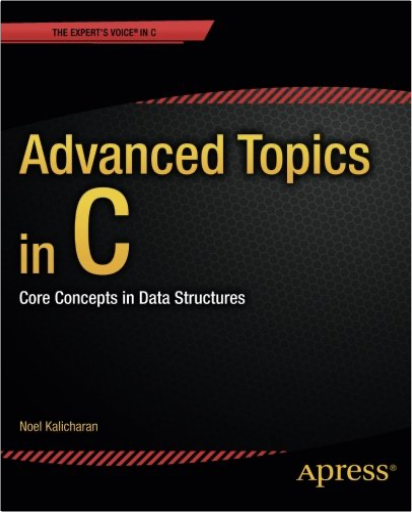
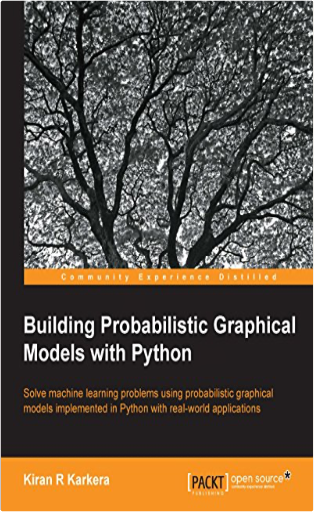
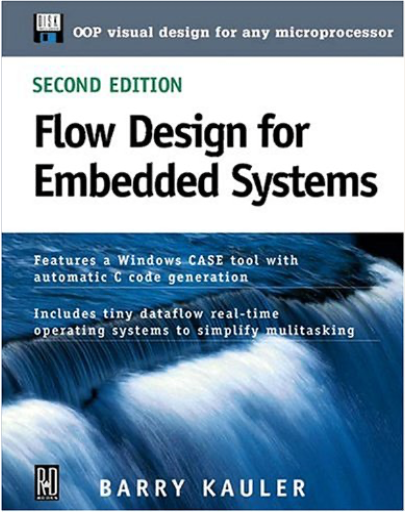
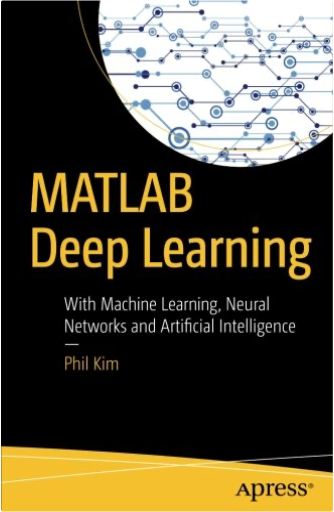
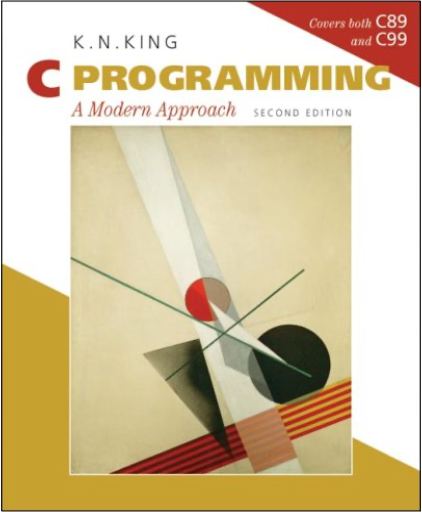
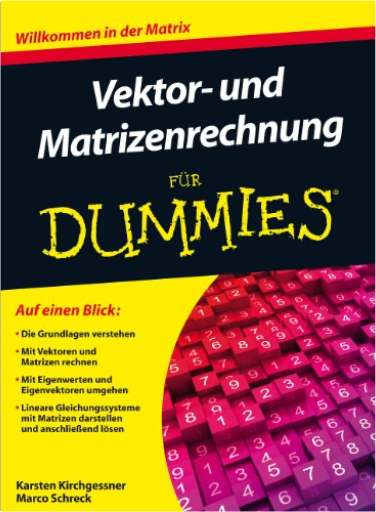
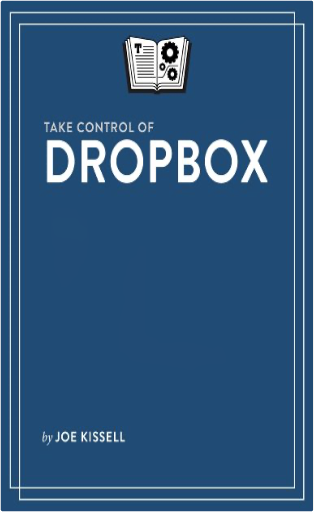
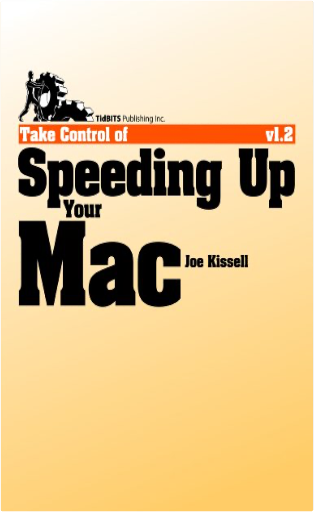
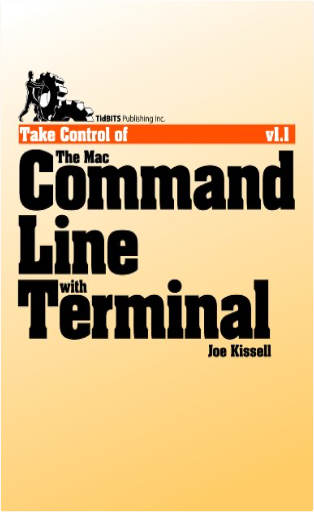
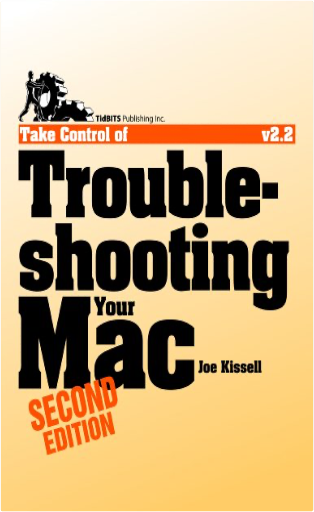
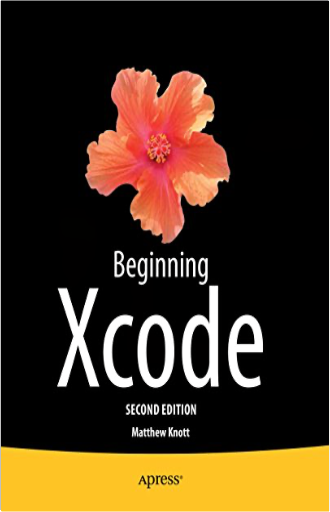

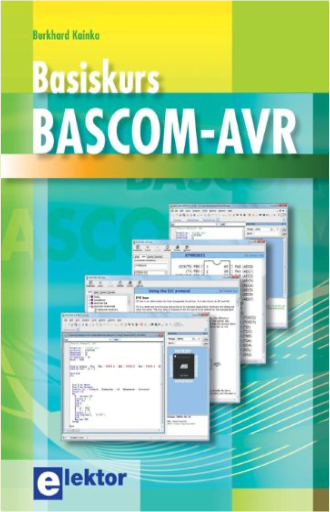


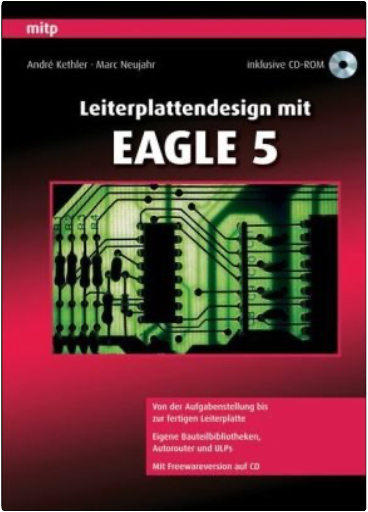
 Made with Delicious Library
Made with Delicious Library